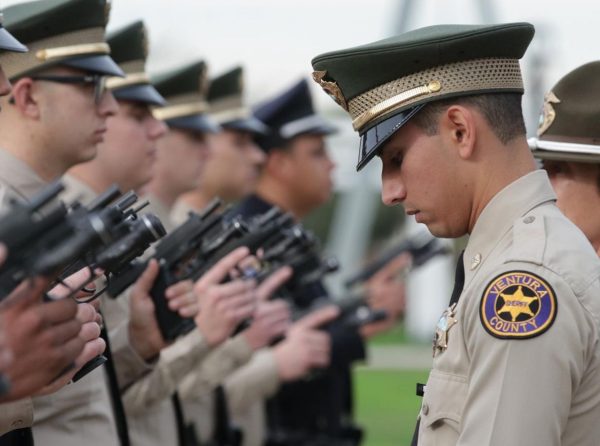Cyberbullying is Still an Issue for College Students
December 10, 2019
“The world would be better without you” and “I hope she finds this and kills herself” were messages received by teenagers Megan Meier and Amanda Todd respectively before they died by suicide, according to CNN. These two cases of cyberbullying have been studied by researchers to find out why cyberbullying is still on the rise.
You may have thought you left bullying behind in high school, but even though we are older and wiser, cyberbullying still plagues our generation and needs to end.
According to CNN, it is well known that cyberbullying affects junior high and high school students, and has caused major impacts to students’ lives including suicidal thoughts, depression, anxiety and substance abuse.
But what about college students? Are college students free from cyberbullying? We have a better sense of what is right and wrong, right? The answer is unfortunately no.
According to a study by the University of Washington, 27.2% of the 265 female college students surveyed had experienced cyberbullying in college and 17.4% met the criteria for depression. In the same study, researchers found that college females who had been victims of cyberbullying were three times more likely to meet the standards of depression.
I just cannot believe that college students—who are supposed to be more mature—experience cyberbullying as well. It is a problem that needs to be addressed, because there are more social media platforms than ever, which means more platforms for bullying to appear.
According to the Psychiatric Times, cyberbullying at the college level tends to be a continuation of behaviors stemming from junior high and high school.
“College students are less likely to report cyberbullying because the administration is less streamlined,” said California Lutheran University senior Holly Leeson, a sociology major who has experienced cyberbullying. “In high school or junior high, you can report an incident directly to a teacher or another faculty member and they will handle it. In college it’s more complicated, especially since you see different people in every class and in some cases live on campus.”
Cyberbullying occurs on all social media platforms such as Instagram, Facebook, Snapchat, Twitter and even YouTube. People have the ability to comment on any post they see unless the comment section is turned off by the creator of the post.
According to The New York Times, Rutgers University first-year Tyler Clementi jumped off the George Washington Bridge in 2010 and “shortly before his death, Mr. Clementi learned that Mr. Ravi [Clementi’s roomate] had spied on him with a webcam and used social media to encourage others to view him having sex with another man in the dorm they shared.”
This goes to show how big of an issue cyberbullying is. It really angers me that people do this and find it funny. People get hurt because of cyberbullying and the fact that social media is still expanding means cyberbullying is growing as well.
According to Just Say YES: Youth Equipped to Succeed, ending long-term cyberbullying trends starts with teaching students compassion, followed by establishing a system for anonymous reporting and intervening immediately.
But those recommendations are more for teachers and school administrators. As students—victims and witnesses alike—we can stop cyberbullying as it happens by not encouraging bullies with laughter, speaking up rather than staying silent, documenting bullying when we see it and being aware of the bullying policies of social media platforms you use, according to Trade-Schools.net.
In some states, including California, bullying and cyberbullying are labeled as crimes, but that doesn’t stop people from committing them. We all need to be aware of the effect that bullying has on people because it is not a small problem. Cyberbullying is a problem we need to fix before more people get hurt or worse.











Miguel Valle • Dec 17, 2019 at 8:35 pm
We need to teach our kids to speak up more rather than being afraid. Great Article.